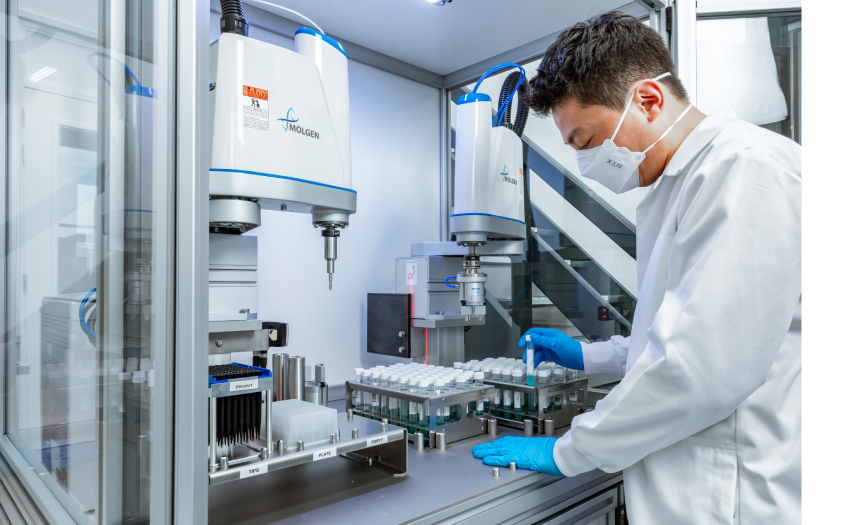Crop Inputs Industry: Supplier Merger Mania Done for Now . . . Mostly
For the past several years now, one of the major trends impacting the ag retail marketplace has been the unprecedented number of mergers and consolidations taking place among crop input suppliers around the globe, writes Eric Sfiligoj at CropLife. Starting with the announcement ChemChina was purchasing Syngenta back in 2015, there have been nearly one dozen companies deciding to pool their resources in “a merger of equals” or outright acquire (or be acquired by) similar sized, one-time competitors. Included in this list are the coming together of Dow AgroSciences and DuPont Crop Protection to form Corteva Agriscience in 2017, Bayer acquiring Monsanto in 2018, and United Phosphorus Ltd. (UPL) purchasing Arysta earlier this year.
In the ag retail space, all these “disappearing suppliers” has caused plenty of concern. In fact, in CropLife magazine’s annual CropLife 100 survey of the nation’s top ag retailers, consolidation among suppliers has been listed as one of the top five challenges to market profitability for companies for the past four years now.
According to Dr. Bob Fairclough, Principal Consultant, AgriGlobe for Kleffmann Group, it’s easy to understand why many of these consolidations have occurred when you look at the numbers for crop protection products vs. seed. Back in 2015 as the first wave of supplier mergers were being announced, crop protection product and seed sales were taking market hits. That year, crop protection product sales were down 9.81% from the year before, from $60.5 billion to $54.6 billion. Likewise, seed sales dropped in 2015 6.26%, from just under $44 billion in 2014 to $42.2 billion.





